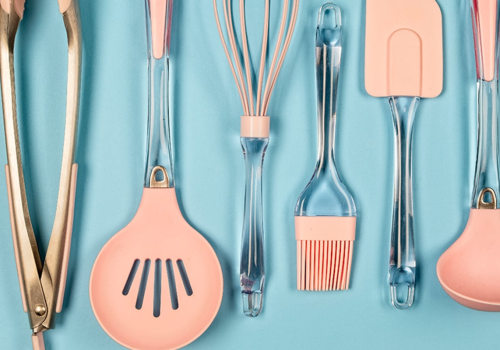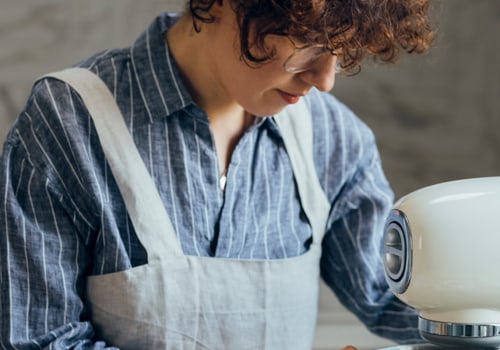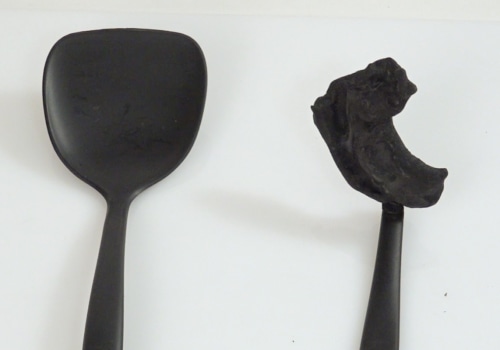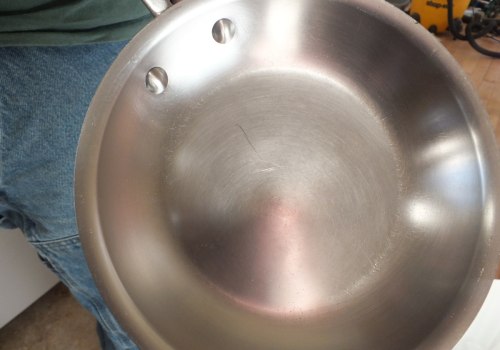Cooking pans are essential tools in the kitchen, but they don't last forever. According to TheKitchn, you can expect about five years from your non-stick pots and pans; it's time to remove anything with a surface that is pitted or starts to peel. A good rule of thumb is to replace them approximately every five years. When they start to appear deformed, discolored, or scratched, be sure to stop using them.
If you're looking for replacement frying pans, there are great affordable options available. But it's not just about the longevity of your cookware; medical experts say what you cook can affect more than just if the food stays crispy or burns. Some materials in pans, pots, and baking dishes have the potential to expose you and your family to toxins. Your old pots and pans can do their job, but they may not cook as well as they should.
Ceramic and non-stick pans should be replaced every 2 to 5 years, as their coating will eventually wear off. With enough care and attention on your part, a copper, cast iron, carbon steel, or stainless steel frying pan can last a lifetime. When it comes to non-stick pans, choose one or two more used ones and replace them first with a safer option. Unless you want to scratch the coating of the pan and need to buy a replacement one, you should only use silicone or wooden spatulas to turn and stir the food in it.
The best thing to do with a warped pan is to recycle, reuse, or discard it if neither option is an option. Using a product like Bar Keeper's Friend, which is made with oxalic acid, a natural rust remover, can help bring your cookware back to life. Plastic utensils may contain bisphenol-A (BPA) and other hormone disrupters, which can leak into food when cooked. But these single-use options can increase the risk of exposure to aluminum, as it could leak from aluminum foil or cookware into food.
To reduce exposure to toxins, make every effort to empty cupboards of cookware containing materials like aluminum or BPA. But if you notice that more than scratches, throw away the frying pan; it's not worth taking the risk. Consider that scratch on your nonstick pan or that blow on your frying pan is a reason to invest in pans that cost a little more upfront, but will survive abuse in the kitchen for years to come. When Jim isn't in the kitchen, he usually spends time with family and friends, and works with the HCW editorial team to answer questions he used to ask himself when he was learning the basics of cooking. If you see French fries in the pan, there is a risk that more of the coating will fall off the food. As an added benefit, it acts as a slippery layer that prevents food from sticking to the bottom and sides of the pan.
To prevent copper from leaking into your food, cookware manufacturers cover their copper pans with tin, stainless steel, or silver. Investing in quality cookware is essential for any kitchen enthusiast who wants their meals cooked properly and safely. Make sure you replace your pots and pans every five years or so and use only silicone or wooden utensils when cooking with non-stick surfaces. Be aware of materials like aluminum and BPA that could potentially contaminate your food.



